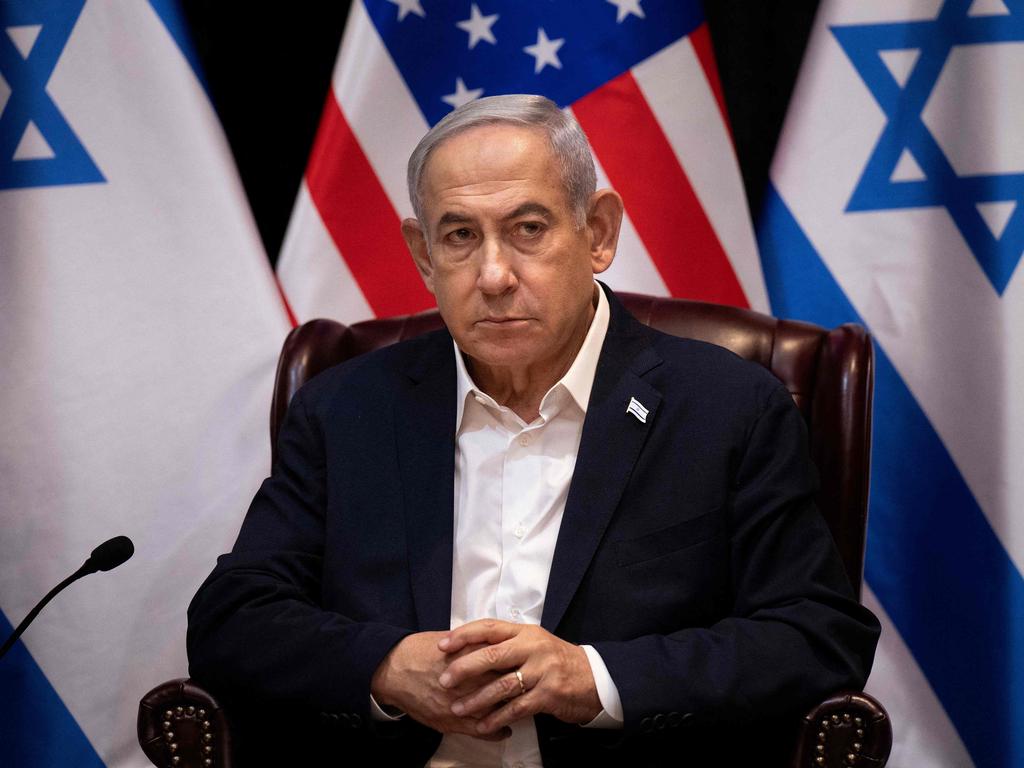
The attacks came in response to Israel’s killing of Taleb Abdullah — a commander south of the Litani River — on June 11. Israel and Hezbollah exchanged fire over the weekend. Israel Defence Forces Spokesman Daniel Hagari said on Sunday that “Hezbollah’s increasing aggression is bringing us to the brink of what could be a wider escalation, one that could have devastating consequences for Lebanon and the entire region.”
The war, launched by Iran-supported militias on Oct. 7, has long exceeded the single front in Gaza. Yemen’s Houthis have closed the Red Sea to international shipping and, along with Iraqi Shiite militias, regularly launch drones and missiles at Israel. The attacks aren’t directed only at the Jewish state: More than 170 attacks took place on U.S. and allied forces in Syria and Iraq between October and February.

Yet the prospect of open warfare between Israel and Hezbollah dwarfs these developments. The Institute for National Security Studies, a Tel Aviv-based think tank, estimates that the group has around 200,000 rockets and missiles, including precision-guided munitions capable of hitting targets in Israel within a few yards’ radius. Hezbollah also has missiles such as the Fateh-110 and M-600 systems, which could hit Israel’s central cities. The group boasts a ground force of somewhere between 50,000 and 100,000 fighters.
War between Israel and Hezbollah could lead to a wider regional conflagration. Iran has control of a contiguous corridor from the Iraq-Iran border, through southern Syria and into Lebanon. Iranian client fighters could easily make their way along this line to an Israel-Hezbollah combat zone. Its forces could likewise launch missiles and ordnance from Iraqi and Syrian soil.

Neither side appears to want immediate confrontation, but that doesn’t mean it won’t come. Senior Hezbollah official Naim Qassem recently described Hezbollah’s current level of engagement as representing a “complete” but not “all out” intervention. Prime Minister Benjamin Netanyahu reportedly prevented the swift response to Hezbollah’s Oct. 8 attacks that Defense Minister Yoav Gallant favoured.
The status quo is disruptive. Some 60,000 Israelis have left their homes, from Rosh Hanikra to Kiryat Shmona. The country’s north has effectively been shut down for the past eight months. Hezbollah’s rockets and drones have hit the cities of Acre, Tiberias and Nahariya.
Such a departure is unprecedented. More than a century ago Jews’ determination to hold the remote settlement of Tel Hai against a Shiite Arab militia gave birth to a central national myth. The eight Jews killed in the fighting at Tel Hai on March 1, 1920, entered the Israeli pantheon as a symbol of determination to hold the ground, no matter the cost.

Kiryat Shemonah, the “Town of the Eight” in Hebrew, is named after them. Today the border communities are empty. Hezbollah is using antitank missiles to destroy the neat red-roofed houses of Metula.
Israel maintains the tactical advantage. Hezbollah has reported the deaths of nearly 350 fighters in recent fighting. Israel has lost 10 soldiers and 15 civilians near the border area. Yet despite this disparity, Hezbollah’s losses aren’t significant enough to deter it from further attacks.
Israel thus faces a dilemma. The present state of affairs is untenable, unless Jerusalem wishes to concede a de facto security zone of control to Hezbollah on Israel’s side of the border. If the fire is spreading south, the natural response is to spread it north. Increased air attacks up to Beirut, possibly accompanied by a ground incursion, would be among the list of options. The 36th Armored Division, which played a prominent role in the invasion of Gaza, is training close to the border.

Yet such an incursion would need to consider what would happen after Hezbollah’s forces were pushed north of the Litani. Would it merely be a punitive hit-and-run raid? If so, is it worth the losses that would come from it, given the likelihood that Hezbollah would return to the border once the fighting concluded? If not, what is Israel’s preferred arrangement on the Lebanese side of the border after the fighting?
Israel’s leadership is considering these questions, and it doesn’t have time to waste. An agreement to end the Gaza war might have led to a messy de facto ceasefire in the north. But the fighting likely won’t end anytime soon. With more than 60,000 displaced Israelis, and daily missile attacks in the north, Israel must answer soon.
The Wall St Journal








Northern Israel is on fire. Hezbollah, Iran’s terrorist proxy in Lebanon, launched more than 300 rockets and drones across the border between June 12 and June 13.